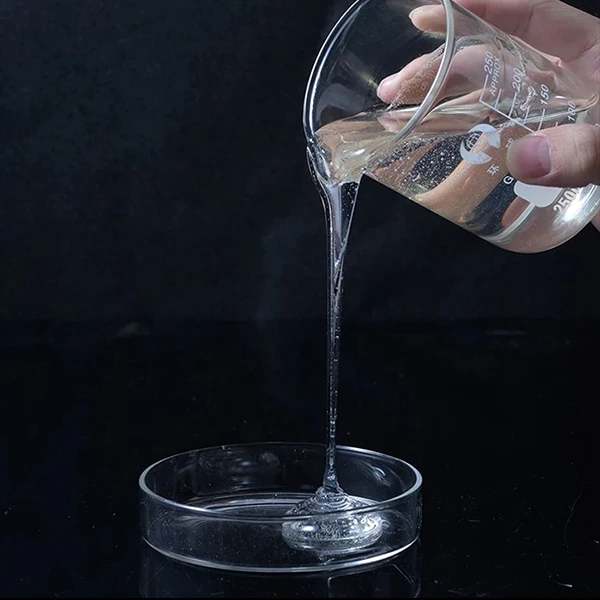The Role of Hydroxypropyl Methylcellulose (HPMC) in Adhesive Formulations
Hydroxypropyl methylcellulose (HPMC) is a versatile cellulose derivative that has found extensive use in various industries, from pharmaceuticals to food science. Its unique properties make it an ideal candidate for formulating adhesives, especially in applications where performance, stability, and environmental considerations are paramount. This article delves into the significance of HPMC in adhesive formulations, examining its composition, functionalities, and diverse applications.
What is HPMC?
HPMC is derived from cellulose, a natural polymer, through a series of chemical processes that introduce hydroxypropyl and methyl groups to the cellulose backbone. This modification enhances the water solubility of cellulose while retaining the desirable properties of the parent polymer. HPMC is available in various grades, differing in viscosity, molecular weight, and substitution degrees, which allows for tailored formulations to meet specific requirements in adhesive applications.
Properties of HPMC
One of the most distinctive features of HPMC is its ability to form strong, stable gels in aqueous solutions. This property is critical for adhesive formulations, as it contributes to the viscosity and cohesion of the adhesive, enabling better spreading and adherence to various substrates. Additionally, HPMC exhibits excellent film-forming capabilities, resulting in a smooth, continuous film upon drying, which can significantly enhance the adhesive's performance.
Furthermore, HPMC is non-toxic and biodegradable, making it an environmentally friendly choice compared to traditional synthetic adhesives. Its compatibility with a range of other materials, including pigments, fillers, and plasticizers, also facilitates the development of hybrid adhesives that can exploit the advantages of multiple components.
chemic adhes hpmc

Applications of HPMC in Adhesive Formulations
HPMC is utilized in a wide array of adhesive applications, including construction, woodworking, food packaging, and personal care products. In the construction industry, HPMC is commonly used in tile adhesives, joint compounds, and plaster formulations. The addition of HPMC enhances the adhesive's workability, extends open time, and improves adhesion to both porous and non-porous surfaces.
In the realm of woodworking, HPMC acts as a binder in various wood adhesives. Its water-retaining properties ensure that the adhesive maintains its effectiveness during application, even in a dry environment. This characteristic is essential for achieving optimal bond strength once the adhesive cures.
The food packaging industry has also begun to explore HPMC as a component in bio-based adhesives. With increasing consumer demand for sustainable and eco-friendly packaging solutions, HPMC provides an excellent alternative to petrochemical-based adhesives. Its ability to form a strong bond while being non-toxic ensures that it meets the stringent safety standards required in food contact applications.
Moreover, in the personal care sector, HPMC is used in various adhesive formulations for transdermal drug delivery systems, bandages, and skin adhesives. Its biocompatibility and adhesion properties ensure that these products adhere effectively to the skin, providing comfortable wear while delivering therapeutic agents.
Conclusion
The integration of hydroxypropyl methylcellulose (HPMC) in adhesive formulations signifies a shift towards more sustainable and efficient bonding solutions. Its unique properties, such as water retention, film formation, and compatibility with various materials, open up new avenues for innovation in multiple industries. As the market continues to evolve, the role of HPMC in the adhesive sector is likely to expand, paving the way for greener, more effective adhesive products. By leveraging the benefits of HPMC, manufacturers can create high-performance adhesives that not only meet regulatory standards but also resonate with the growing consumer emphasis on sustainability and environmental responsibility.
-
The Application and Significance of Construction RdpNewsMay.19,2025
-
Industrial Grade HpmcNewsMay.19,2025
-
Building Coating Adhesive Building Coating Adhesive HpmcNewsMay.19,2025
-
Application Of Hpmc For Detergent For Detergent In DetergentsNewsMay.19,2025
-
Application Of Hpmc Cellulose In Cement-Based MaterialsNewsMay.19,2025
-
Application Of High Quality Hpmc For Construction In The Field Of ConstructionNewsMay.19,2025




